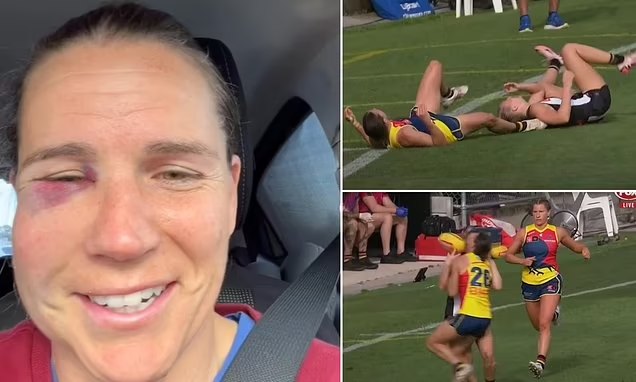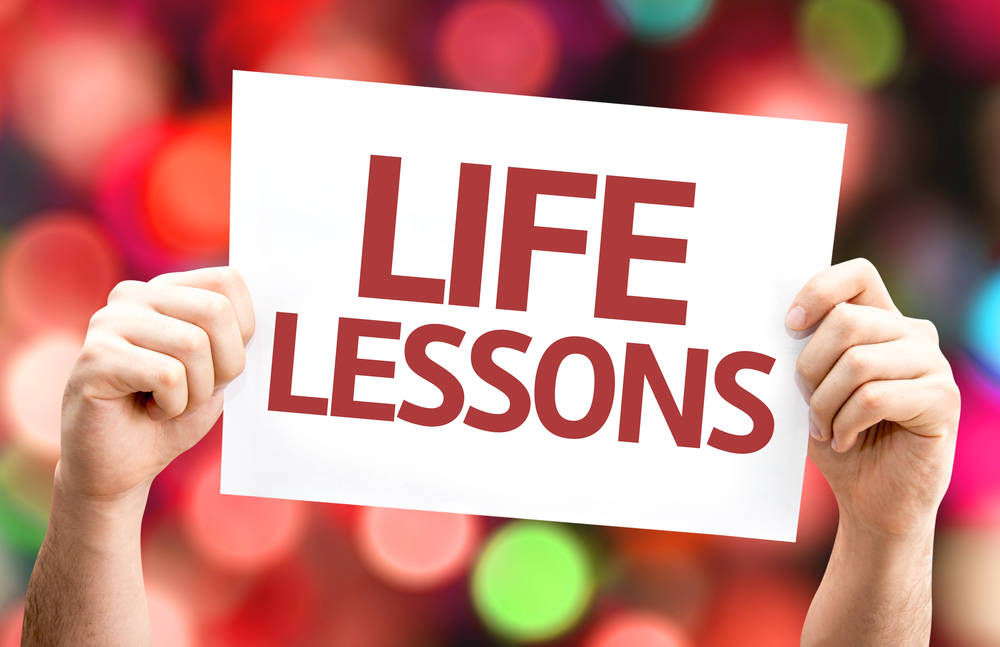AFLW Player Discloses Startling Outcome of Nasty Head Injury
In a powerful and candid revelation, an AFLW player has opened up about the harrowing experience of sustaining a severe head injury during a game, shedding light on the physical and emotional challenges that have followed. Her story not only highlights the risks athletes face in contact sports but also serves as a call to action for increased awareness and better protocols surrounding head injuries in women’s sports.
#### The Incident: A Moment of Impact
The incident occurred during a tightly contested match, where adrenaline was running high and the stakes were palpable. As she pursued the ball, a collision with an opposing player sent her crashing to the ground. The impact was immediate and severe; she felt a jolt through her body, followed by a disorienting wave of confusion.
Initially, she tried to shake off the injury, motivated by the competitive spirit that drives many athletes. However, as the game continued, it became increasingly clear that something was not right. Dizziness set in, and she struggled to focus. Recognizing the seriousness of the situation, her coaches made the decision to pull her from the field, a choice that would ultimately lead to a life-altering diagnosis.
#### The Diagnosis
Following the match, the player underwent a series of medical evaluations to assess the extent of her injury. The initial diagnosis revealed that she had sustained a concussion, a common but often misunderstood injury in sports. However, further examinations uncovered more alarming news: she had also developed post-concussion syndrome, a condition that can lead to prolonged symptoms and affect an athlete’s ability to return to play.
This diagnosis was a shock to her and her family. She had always viewed herself as resilient, able to bounce back from injuries quickly. But the reality of her situation began to sink in as she learned about the potential long-term effects of concussions, including cognitive difficulties, mood swings, and an increased risk of future head injuries.
#### The Emotional Toll
As the weeks passed, the emotional toll of her injury became increasingly evident. She experienced moments of frustration and sadness as she grappled with her new reality. The sport she loved was suddenly overshadowed by fear and uncertainty. The player found herself struggling not just with physical symptoms like headaches and fatigue but also with anxiety about her future in AFLW.
Isolation became a frequent companion as she watched her teammates continue to play without her. The fear of falling behind and the pressure to return to the field weighed heavily on her. The emotional struggles she faced were compounded by the stigma often associated with head injuries, where athletes may feel the need to prove their toughness rather than prioritize their health.
#### Advocating for Change
In light of her experience, she has become an advocate for increased awareness around concussions and their impact on female athletes. Her journey has led her to speak openly about her injury, emphasizing the importance of recognizing symptoms and seeking help when necessary. She firmly believes that conversations around head injuries need to be normalized within the sporting community.
One of her key messages is the need for better education on the signs and symptoms of concussions, not only for players but also for coaches, parents, and officials. She stresses that early intervention is crucial for recovery and that athletes should never feel pressured to return to play before they are ready.
Her advocacy extends to pushing for more rigorous protocols in women’s sports. While there have been significant advancements in concussion management in professional sports, she points out that the same level of attention is not always afforded to female athletes. Ensuring that all players, regardless of gender, receive adequate medical care and attention is a fundamental aspect of creating a safer sporting environment.
#### The Road to Recovery
The path to recovery has been challenging. She has had to navigate physical rehabilitation while managing the emotional fallout of her injury. Support from her family, friends, and teammates has been instrumental in her journey, providing encouragement during moments of doubt.
Through physical therapy and gradual reintroduction to the sport, she has begun to regain her strength and confidence. However, the journey is ongoing. She understands that healing from a concussion is not merely a physical process; it requires mental resilience and self-compassion.
She emphasizes the importance of taking things one step at a time, allowing herself the space to heal fully before considering a return to competitive play. This mindset has helped her cope with the frustrations that come with the rehabilitation process.
#### Looking Ahead
As she continues her recovery, she remains hopeful for a return to the field. The love for the game that initially drew her to AFLW is still alive, and her determination to overcome this setback is stronger than ever. She envisions herself back on the field, not just as a player but as a role model for younger athletes navigating similar challenges.
Her story serves as a reminder of the resilience of athletes, especially women in sports, who often face unique challenges and pressures. By sharing her experience, she hopes to inspire others to prioritize their health and well-being, advocating for a culture that values safety above all else.
#### Conclusion: A Call for Awareness
In sharing her experience with a serious head injury, this AFLW player has highlighted the complexities of recovery and the importance of awareness surrounding concussions in sports. Her journey underscores the need for ongoing dialogue about player safety, particularly for female athletes who deserve the same protections and considerations as their male counterparts.
As the sporting world evolves, her advocacy serves as a critical reminder that injuries should never be brushed aside. By prioritizing health and fostering an environment where players feel empowered to speak up about their injuries, the future of women’s sports can be not only competitive but also safe and supportive. Her story is one of courage, resilience, and hope, emphasizing that while the journey may be challenging, the spirit of the game—and the love for it—remains unwavering.



